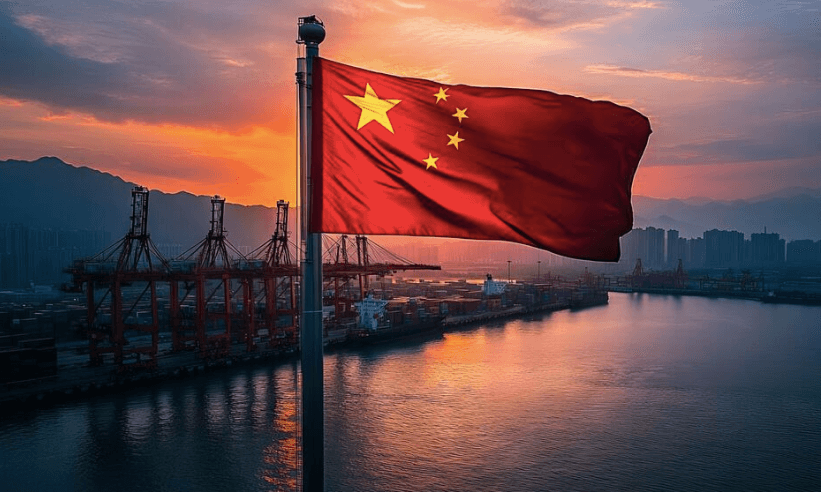China is refining its response to new United States port charges, according to the referenced notice. While the communication does not enumerate specific instruments or a timetable, it indicates that authorities are working on a measured approach to protect national interests and minimize collateral disruption. The development underscores persistent frictions in logistics and trade governance, with stakeholders awaiting clarity on scope and enforcement. The characterization of the process as fine-tuning suggests adjustments rather than sweeping, immediate moves, pointing to attention to operational realities at terminals and along maritime corridors.
At this stage, public information is sparse. The available description flags that countermeasures are being prepared, yet without confirmed details on targeted sectors, legal bases, or sequencing. That absence of specificity—and the presence of limited details—makes it difficult for carriers, shippers, and port operators to model exposure. The emphasis on calibration implies that implementation, if pursued, would align with prevailing regulations and international obligations. Until official communiqués emerge, any concrete impact assessment remains provisional and highly contingent on the fine print of forthcoming documents.
What is known and what remains unclear
What is known is confined to two elements: the existence of new U.S. port charges and Beijing’s intent to refine a response. What remains unclear encompasses the charges’ exact mechanics, whether they are nationwide or port-specific, and the instruments China may select in reply. Common tools in economic statecraft range from regulatory reviews to customs-related procedures; however, the notice does not state that any particular option is under consideration. As a result, companies are watching for formal notices, implementation guidance, and potential transition periods that would shape compliance timelines.
The notion of a calibrated response tends to reflect a desire to balance signaling with continuity in flows. In practical terms, that could mean adjusting measures to avert unintended bottlenecks, prioritizing predictability for essential goods, and coordinating messaging across agencies. But absent authoritative detail, these are analytical possibilities rather than established plans. The phrasing suggests that decision-makers are weighing proportionality and reversibility—attributes often associated with responsive regulation—while keeping room to iterate as the effects of the U.S. charges become clearer over time.
For maritime stakeholders, the information gap translates into scenario planning. Carriers may stress-test schedules for delays linked to inspections or documentation changes; beneficial cargo owners may revisit routing contingencies; and port service providers may review turnaround buffers. None of these adjustments are mandated by the notice; they are prudent placeholders until policy specifics are issued. The key practical advice is to monitor official channels closely, prepare to adapt documentation workflows quickly, and maintain steady communication with counterparties to manage expectations amid evolving compliance requirements.
Timeline remains a core unknown. Without dates, notices, or draft rules in the public domain, the horizon for potential action cannot be pinned down. That uncertainty coexists with indications that authorities seek to protect the broader trading system from unnecessary strain. If and when details are released, the sequencing—announcement, comment windows, and effective dates—will define the pace at which market participants must respond. Until then, the headline signal is clear: countermeasures are being refined, but the substance, scope, and schedule await formal disclosure through official statements.





